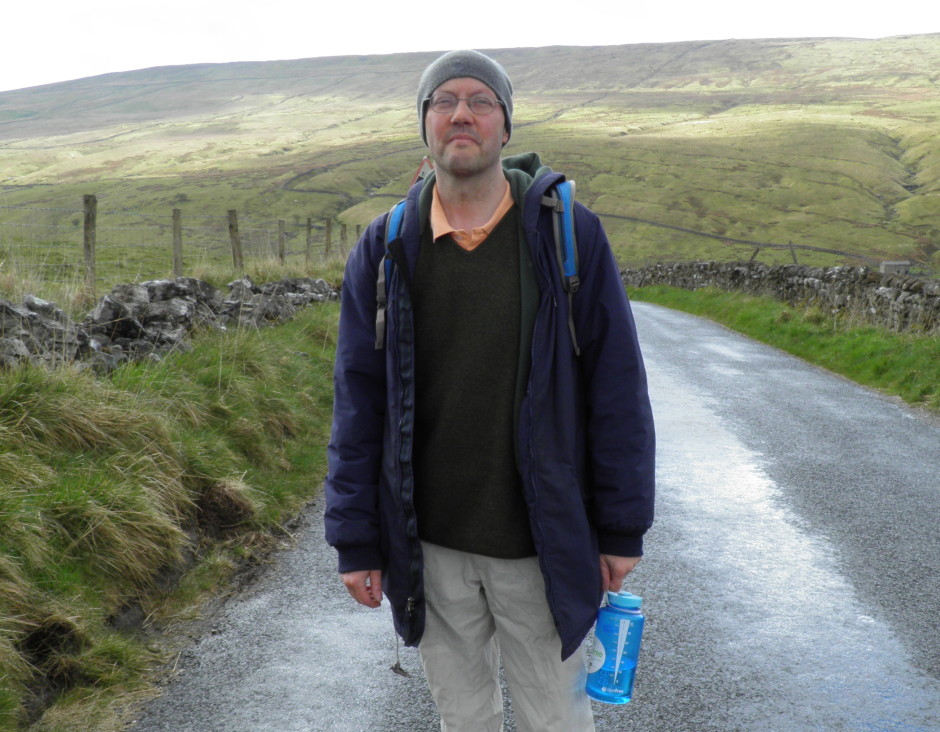“We had been doing doing Concerto Barocco for at least two years when one day at the beginning of rehearsal, Balanchine stopped us. He was very emphatic about adding the tiniest, most invisible beat. The reason this remained with me is that he had me demonstrate it before we all did it. Barocco starts with two lines of four girls on either side of the stage. The dancers are in fifth position, and on the downbeat [CT&] Demi pie. As the music starts [CT1] sous-sous [CT 2] fall toward the outside of the stage [CT &3] side the inside leg to fifth on toe [CT & 4] fall toward the inside of the stage, finishing in demi-plie with the back leg in tendu back efface. At this point the dancers are already in demi-plie. There is an [&] and at this point Balanchine wanted us to add a very quick extra demi-plie before count 1 into a passe relive. No one would ever notice that extra little demi-plie, but it is in the music and at that moment seemed very important to Mr. B to add it to the step. I am not sure if dancers today are even aware of its existence.
“In Balanchine’s teaching the preparation for a movement was extremely important. He would say “Aaaaaaand pow! Aaaaaaand voila! Aaaaaaand show!” If you were to ask Suki Schorer or Susan Pilaren to demonstrate a fondu releve to croise front they would demonstrate this teaching. It is ingrained in the dancers that trained under Balanchine. On the preparation for the fondu croise front with the right leg, the weight is completely over the left leg in demi-plie with the body tilting forward and to the left with the right foot in coupe front. The hands come together in front of the body and the eyes look towards the hands as if picking up a gemstone. From this position “Pow!” the leg shoots out to croise front with the body switching toward the right as you releve, no matter how quickly the leg extends. At the last moment there is almost a pause as the foot is placed in the air. The feeling is of gathering together and exploding into the pose, this elongated preparation adds to the impact of the climax of the movement.
“I am certain that I am not the only dancer/teacher who wonders about how we can include this nuance of movement while teaching clean position and precision. This is not a question of hitting the position on the exact count but of the ebb and flow from one side of the body to the other, the crossing of the torso against the legs, the elasticity followed by the pause. All of this show dancers communicate the movement to the audience, how music flows through their bodies and becomes visible. It would be fascinating if my concepts could start a discourse and a sharing of thoughts among us. Hopefully this is the start of a very interesting dialogue.”
c copyright 2019
All Rights Reserved by Barbara Walczak
